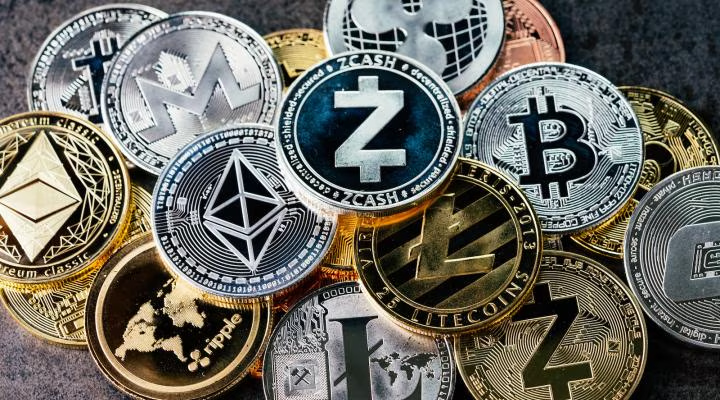According to a prominent hedge fund and digital asset expert, the crypto industry is currently experiencing what he describes as a “quiet quitting crisis.” The term “quiet quitting,” which gained popularity in 2022, refers to employees doing only the bare minimum at work, no longer going above and beyond their duties.
Travis Kling, founder and chief investment officer of Ikigai Asset Management, believes this phrase perfectly captures the current state of the crypto world. He notes a significant decline in the engagement levels within the crypto community compared to previous years. Kling attributes this drop-off to waning confidence in the ability of crypto projects to solve real-world problems.
“What I’m observing and hearing is that a sizable portion of the crypto community is far less engaged than they used to be. This stems from a loss of belief in the potential of crypto projects to address real-world challenges and achieve meaningful adoption. From 2017 to 2022, this potential was consistently promoted as a dream—bought and sold repeatedly.”
The Value of Crypto Projects
Kling points out that many crypto projects are “meaningless and overvalued.” The initial excitement surrounding Decentralized Finance (DeFi) and Non-Fungible Tokens (NFTs) has significantly diminished, while metaverse projects have become little more than a joke, and decentralized social media has stalled. However, he adds that certain areas, such as decentralized physical infrastructure networks (DePIN), show promise.
“Crypto enthusiasts are struggling to envision what could trigger the next major leap forward. DePIN is functioning and expanding, making it the brightest spot in the alternative sector right now. However, these promising areas in crypto are few and far between.”
Regulation and the Future
Kling emphasizes that crypto is no longer in its infancy, with large amounts of capital now flowing into the space. He points out that Bitcoin’s market cap exceeded $1 trillion when it hit $57,205.31, with half of Wall Street now holding Bitcoin. Additionally, Tether holds more U.S. Treasury bills than Germany, and over $20 billion in venture capital has been invested in the sector over the past four years.
“Bitcoin has found product-market fit, and stablecoins have also achieved this. However, beyond these, much of the crypto space seems to be adrift.”
Kling also speculates that if former President Donald Trump were to win the next U.S. presidential election, his administration might introduce a regulatory framework that could rejuvenate altcoins. He suggests that such regulations could pave the way for semi-securities, which gain value and burn tokens.
“Under a Trump administration, we might see a move away from worthless governance tokens, toward semi-securities that generate returns and burn tokens.”
As Kling highlights, the crypto industry is currently grappling with a significant loss of confidence and interest. Nevertheless, areas like DePIN still hold promise, and potential regulatory shifts could revitalize the altcoin market in the future. Kling’s insights provide a glimpse into how the crypto community might evolve in the coming years.
You can also freely share your thoughts and comments about the topic in the comment section. Additionally, don’t forget to follow us on our Telegram, YouTube, and Twitter channels for the latest news and updates.


